On May 9, National Assembly deputies discussed in the hall a number of contents with different opinions in the draft Law on Digital Technology Industry. In particular, regulations related to artificial intelligence (AI) continued to receive many comments to ensure feasibility and conformity with international practices.
Contributing to the discussion session, delegate Do Ngoc Thinh ( Khanh Hoa delegation) said that the definition of AI in Clause 10, Article 3 of the draft law does not accurately reflect the nature of the technology and is not consistent with the international approach.
He suggested referring to the definition of the Organization for Economic Cooperation and Development (OECD), which has been adopted by many countries and the European Union. Accordingly, AI should be understood as "a machine-based system that achieves an explicit or implicit goal by reasoning from input data to produce outputs in the form of predictions, recommendations, or decisions affecting a physical or virtual environment."
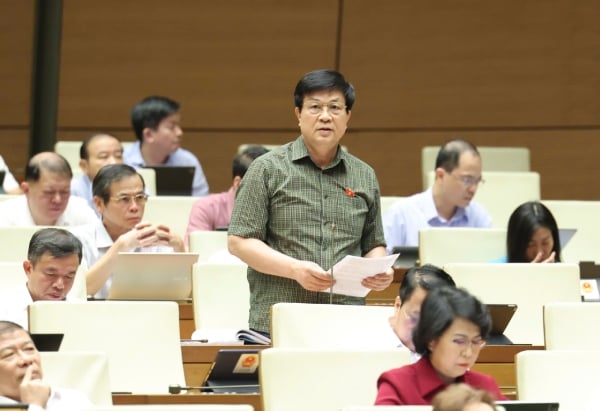
Delegate Thinh emphasized that providing a suitable definition is an important basis for building effective management regulations, while also facilitating the application of technology in practice.
Regarding the classification of artificial intelligence systems (Article 46), the Khanh Hoa delegation assessed that the current regulations have similarities with the EU AI Act but also have unclear points. According to the EU, AI is classified mainly according to the level of risk, from "unacceptable" to "minimal". However, the Vietnamese draft adds a group of "AI systems with high impact", which may overlap or conflict with the "high risk" group.
"If this classification is not linked to specific responsibilities in other provisions, it will be difficult to implement and lack consistency," Mr. Thinh said. At the same time, he suggested clarifying the classification philosophy and ensuring that regulations only apply to high-risk AI systems, avoiding unnecessary tightening of low-risk systems, thereby supporting innovation and effectively exploiting the potential of technology.
Sharing the same view on the unclearness in the regulation, delegate Le Thi Thanh Lam (Hau Giang delegation) commented that the definition of high-risk AI systems in Clause 1, Article 46 is still general, without providing specific criteria such as the level of impact, number of users, or data capacity to determine the risk. "Without specific criteria, it is very difficult to implement in practice," said Ms. Lam.
Ms. Lam also noted that it may not be necessary to regulate technology in detail, and that instead, the focus should be on managing technology usage behavior. In particular, when it comes to the responsibilities of AI developers in Article 48, she said that some obligations are placing too great a burden on this subject, especially in the context of open source technology.
Delegate Luu Ba Mac (Lang Son delegation) proposed adding regulations requiring AI systems with high risk levels or large impacts on society to be inspected and assessed by an independent organization designated or recognized by the State before being put into use.
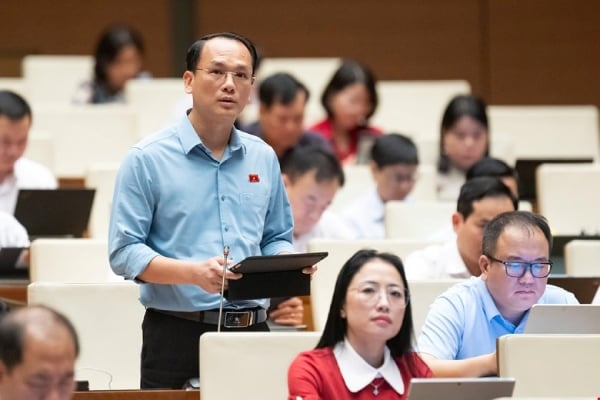
Currently, Article 44 of the draft law only outlines six principles for the development and use of AI, and assigns ministries and sectors to guide their implementation. Article 46 mentions the management of AI systems (including high-risk and high-impact systems), but does not clearly stipulate an independent inspection mechanism before deployment.
Although Clause 5, Article 46 states that the Government will provide detailed regulations, according to Mr. Mac, there should be a clear principle in the law on independent inspection, in order to increase transparency, effectiveness of state management and create peace of mind for people and businesses when using AI, especially in the current context of digital transformation.
Regarding Clause 1, Article 47, the draft stipulates that AI systems that interact directly with humans must notify users, unless the user "obviously knows" that they are interacting with AI.
According to the Lang Son delegation, this expression is not clear because "obviously know" is a subjective concept, depending on each person's level, experience, and circumstances. People who are knowledgeable about technology can easily recognize AI, but the elderly and those who are not familiar with technology cannot. Accordingly, this expression can be used to hide the nature of AI, causing damage to users.
Therefore, Mr. Mac proposed to revise the regulation in the direction that AI systems interacting with humans must clearly and easily notify users that they are interacting with AI. This notification should be enabled by default, not automatically hidden or turned off, unless the user actively chooses to turn it off.
Source: https://doanhnghiepvn.vn/cong-nghe/de-xuat-chi-siet-chat-ai-co-rui-ro-cao-tranh-can-tro-doi-moi-sang-tao/20250510094811591




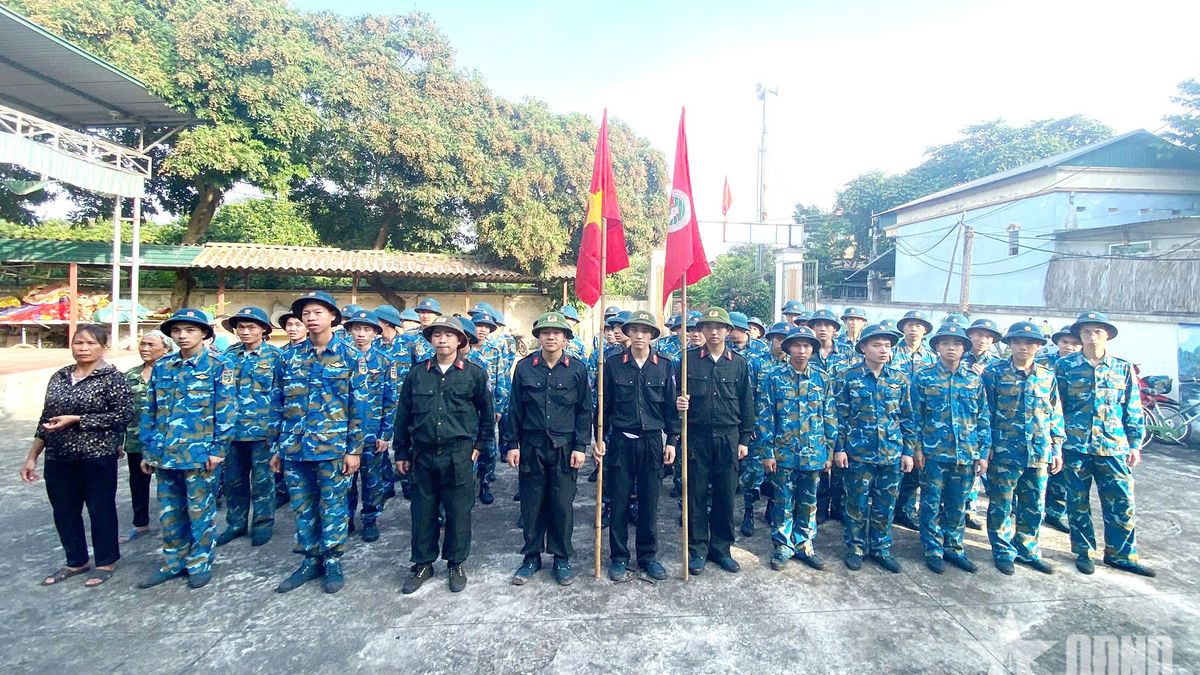


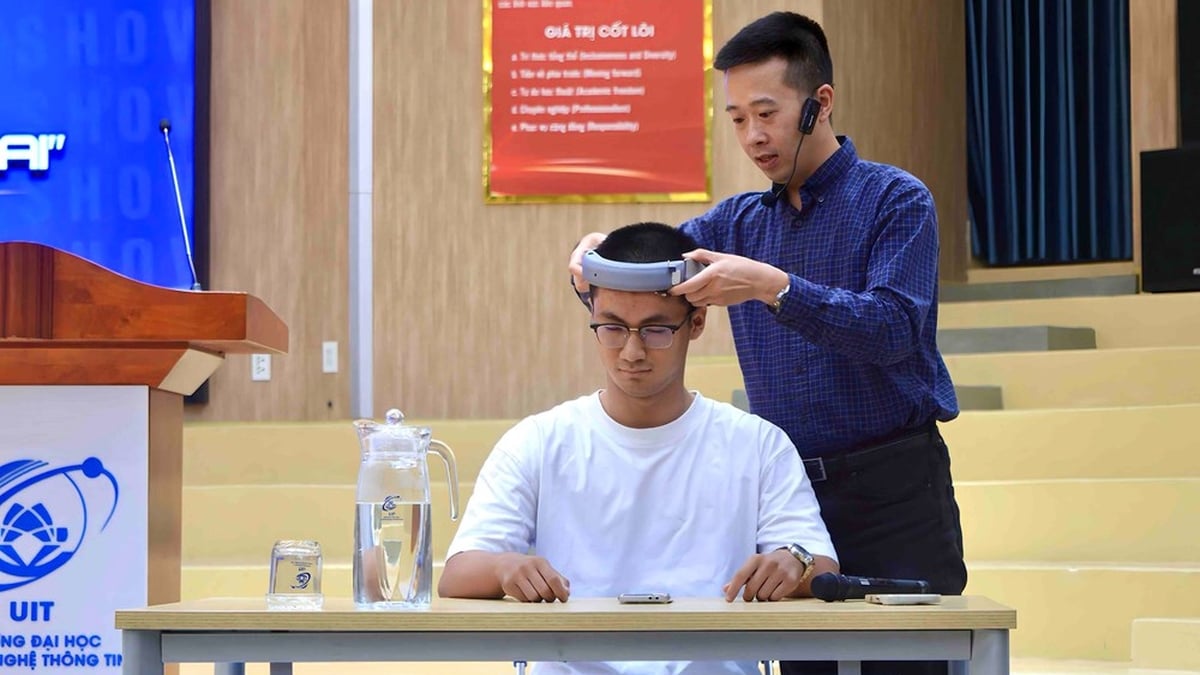


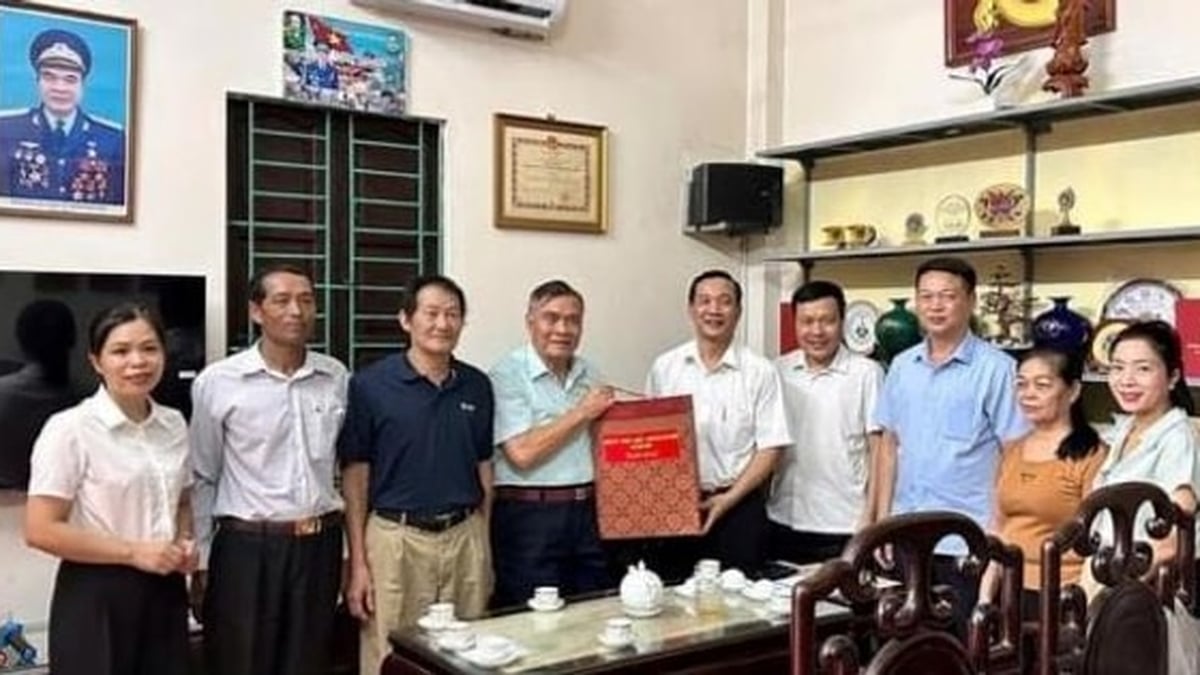



















































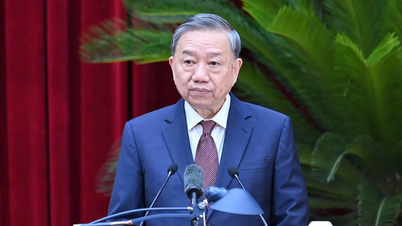
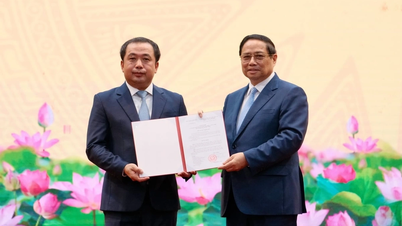






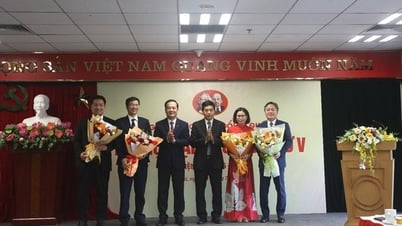





























Comment (0)